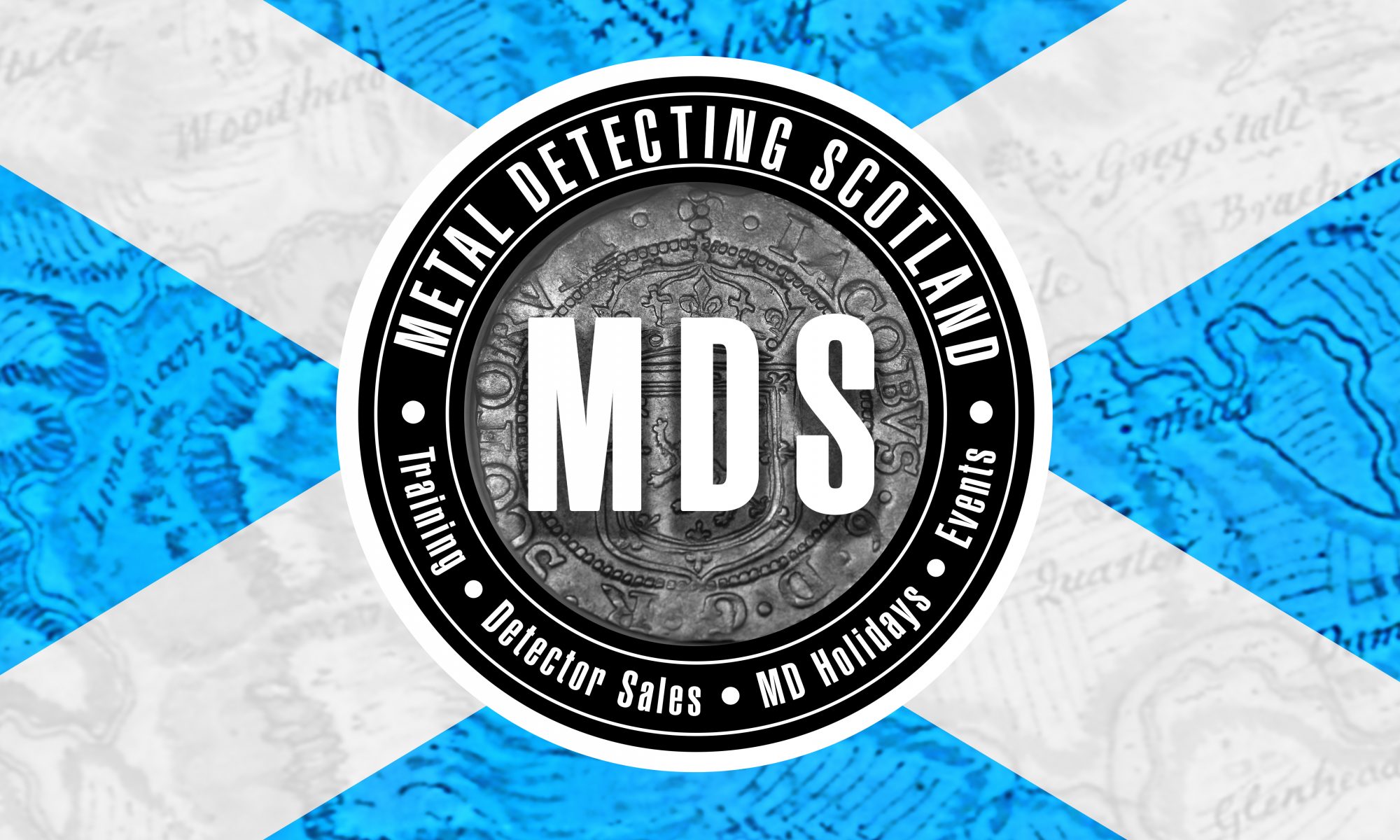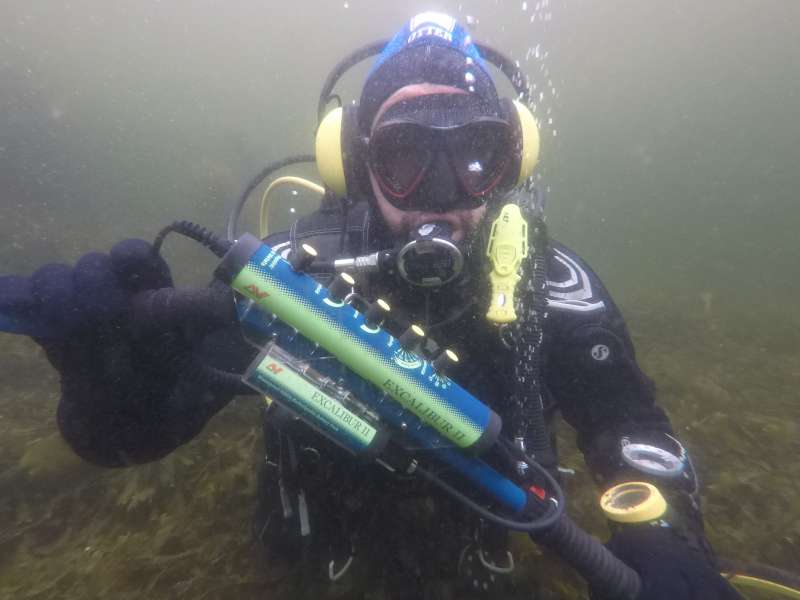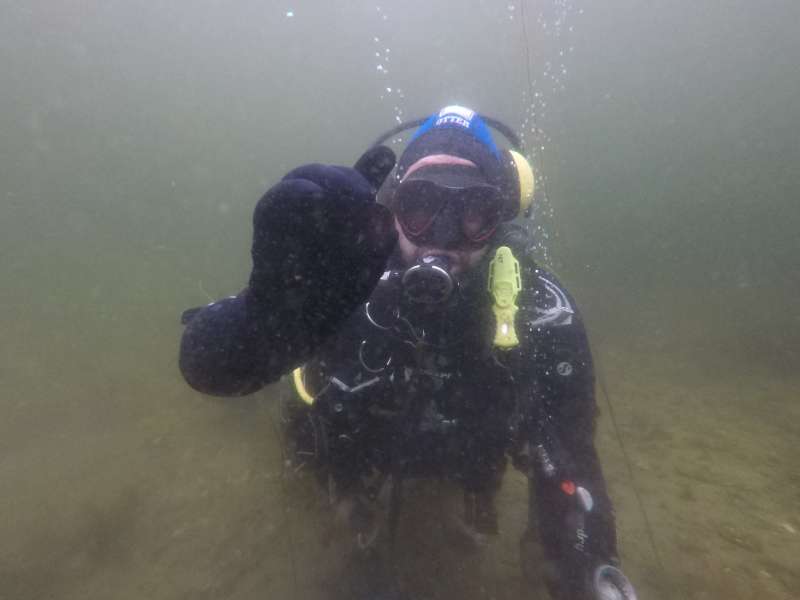A True All Round Detector
I spent a long time doing this for the Treasure Hunting magazine and it never got posted as the pictures where not that great. Shame as I spent months doing a Land & Sea report. Now you can read the best Excal report online. This is still the best Underwater detector on the market so far due to its discrimination abilities.
When asked to do a test on this detector which I have currently been using for some time I thought what can I say about a detector that has been out for a number of years and is used and talked about all over the world on social media. It has been chopped and changed by users, mods added to change it’s use for each individuals uses. Why? Because it has got to be one if not THE best all round metal detector in the world
- It can compete with any detector currently on the market for Relic hunting and is also weatherproof.
- On the beach it operates perfectly in the surf and beach without changing settings
- It is depth rated to 66 meters so you can go diving with it and it also discriminates so you are not digging iron saving time and air under water.
Relic Hunting
As you know from my previous articles I run metal detecting digs up here in Scotland which includes a Wednesday & Sunday dig so I am out with the Excalibur II at least twice a week for eight hours a time. I have used most makes and models of detectors over the years and the Minelab Sovereign XS2a Pro for around four years of these years so using the Excalibur II on land which has the same sounds was like talking to an old friend hearing it’s unique tones. I got a few looks at the digs as I had made up my own hipmount kit as using it in it’s standard set up will give you a sore wrist and shoulder if your site is quite quiet as you are not stopping to dig which gives you a rest.
Hipmount kit’s are available to buy from your Minelab dealer which will make your detector light as a feather and this is my preferred option. The Excalibur has what is called Broad Band Spectrum technology which operates on Multiple frequencies at the same time which in my experience makes it great at handling most ground conditions. If you are reading this and have only used an entry level detector and wondering how this is better or why would it benefit you.
In the UK fields are covered in coke (Burnt Coal) and iron and both of these items can give you a good signal on a single frequency detector and discriminating them out especially coke can lose you small hammered coins and thin gold rings. The Excalibur II has a variable discrimination and with the Discrimination knob set to the 1 position will eliminate all coke and all iron signals accept some big iron and iron rings and will still find you cut quarters and larger hammered coins.
If you are new to the Excalibur II what you will realise is that you set the threshold knob so that you just hear a background noise, this is called a Threshold which will help you set the sensitivity and will also help you decide if your target is Iron or not. If you set the Sensitivity to Auto mode then you will not need to worry about setting the sensitivity level as you Excalibur will do this for you Automaticly and is recommended to use if you are new to the detector. The trade off is that the detector will set it lower than optimal for smoother operation. If you want to set it manually for more depth then it is easy to do firstly find a clean but of ground away from other metal detectorists and a patch that has no iron.
- Threshold : Turn on your Excalibur II until you hear a faint threshold
- Disc : Disc (Pinpoint is all metal)
- Discrimination : 1, With the detector set here you will eliminate most iron. When you pass over a bit of iron your threshold will “Null” cut out so if you turned your threshold off you would not hear it “Null” and you would not know how much iron was on your field and how slow to go. If you have lots of iron you would need to slow down to give your detector time to recover to respond to the next target, This brings me nicely on to sweep speed. The Excalibur/s have a slow recovery speed so a 3 second sweep is ideal. If you go too fast you will lose tiny items so go slow and let the detector work for you and listen for the faint deep signals.
- Volume : to your desired level
- Sensitivity : start with the level at 1 and with the coil an inch or two above the ground move it shoulder distance apart which moving it to 2 then 3 and so on until the back round hum starts to cut out, once this happens back it off a number. If your threshold is constant as you move it from side to side then you have successfully set the sensitivity for that area. Remember though if you are using it it can change and this is indicated with the threshold cutting out for long periods of time. If this is happening reduce it or put it in Auto mode.
- Tones
: There
is no knob for this the tones are factory set but to test them for
land get these items
- Iron Nail
- Cut Half Hammered or thin gold ring
- Medium size hammered coin
- Victorian Penny
- Silver Shilling
Now pass each one over the detector to learn it’s sounds. You will note that the cut half has the lowest tone and the Silver shilling has the highest tone while the iron makes the threshold cut off and all the other targets are in between tones. Familiarise yourself with these tones and you will never need to rely on a meter I promise you that. Remember the golden rule especially with the Multi Frequency detectors “ Slow & Low”. This detector is a deep detector even more so in wet pasture ground so expect it to keep up with most top end detectors with the same coil size.
Beach & Surf Detecting
I have been detecting beaches since the “Mad Cow” disease outbreak due to not being able to get on to land anywhere. I remember at the time being utterly depressed at the thought of having to do beaches, did you note “Having” to do beaches as there was no way I could not go out detecting. At the time I used the Sovereign XS2a Pro with my detecting buddy at the time Sammy. We detected Portobello beach Edinburgh and it was the winter time and absolutely Baltic. I learned my first lesson in beach detecting then as we where searching an area of pebbles/stones that ran up the length of the beach a good 40 meters. In this strip we could not use the manual sensitivity just like the Excalibur so we used Auto and we dug hundreds of coins and jewellery but mostly if not all silver.
Over the weeks the strip started to full with sand and the same stones we had searched where now getting harder to reach under the sand. This taught me what to look for on a beach and also to look out for new places to search for.
On one occasion a local club came down and where detecting four wide in front of myself and Sammy with single frequency detectors all the rage at the time but we noticed we where digging behind them and they where not digging so our confidence in the ability of the Multi Frequency to eliminate the affects of the salt and magnetic stones allowing us to find the coins and artefacts. I have used most single frequency detectors on wet salt sand and believe me they WILL NOT compete with a Multi frequency for depth and stability even if it has a beach mode.
I detect a lot in the Surf up to my chest with a wetsuit on, I remember reading about the Blue Barnicle articles in the this magazine years ago and loved them now for the last ten years have been doing the same in the USA and Spain. I worked in Spain for nearly a year and detected most nights on different beaches and this is why I tried different detectors and the best two where the Minelab CTX 3030 & Excalibur II without a doubt.
The ability these have over Pulse Induction units is the ability to knock out Bobby pins and other iron items and still find jewellery and coins.
I also use the detector here for wading and thoroughly enjoy getting my wetsuit on and mask and snorkel and winkling out the coins from the hard packed stones. I have a video on my website of me using the Excalibur on land, sea and surf.
Scuba Diving
I am a Padi Scuba Diving Instructor (MSDT) and out of shear coincidence I took up Scuba diving for a whole different reason mostly professional and before I knew it I was detecting under water firstly for rings and jewellery then In have started detecting older sites here in Scotland not for wrecks but relics. My coin finds have been mostly early victorian but I have a few sites I am going to dive and hopefully get a but older. This is where the Excalibur comes into it’s own firstly you can use the divers stem to make it shorter or an non manufacturers shorter stem system available. I have had no problem using the factory diving set up but if anyone supplies them I would not mind testing it on my Excalibur with the view to buying it.
The Excalibur operates the exact same on land, beach & sea and I do not even change my settings apart from using Auto Sensitivity in the sea. It is loud so you can hear it through the hood and in cold Scotland I won’t be cutting slits in my hood for the ice cold water to flood in!! Please remember to attach a lanyard to the detector and clip it to a D-ring incase you have to use both hands for anything and incase of an emergency. Always dive with a buddy if you can and make sure to keep an eye on your air as it is easy to lose track of time looking for treasure!
If you do any of these types of metal detecting and wondered what this strange looking detector was with the knobs and bright yellow I hope this enlightens you on the ability of this famous metal detector getting used all over the world as we speak.
HH
Toddy Irvine



